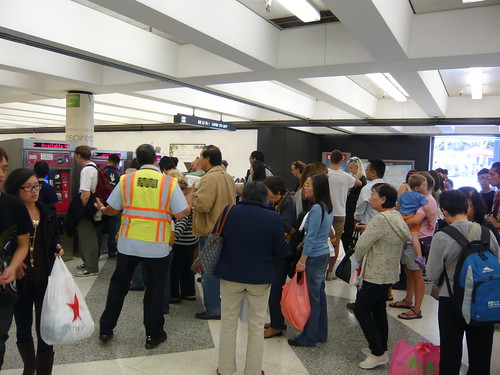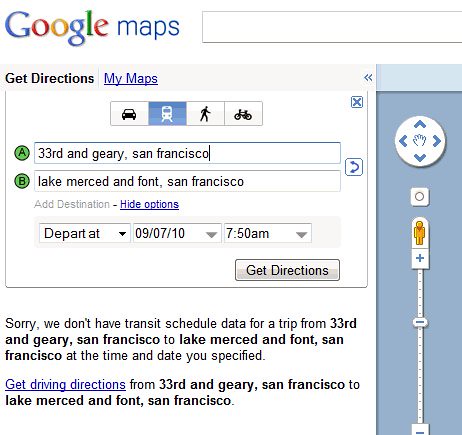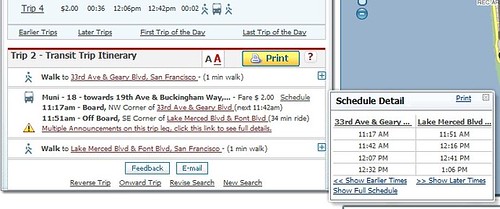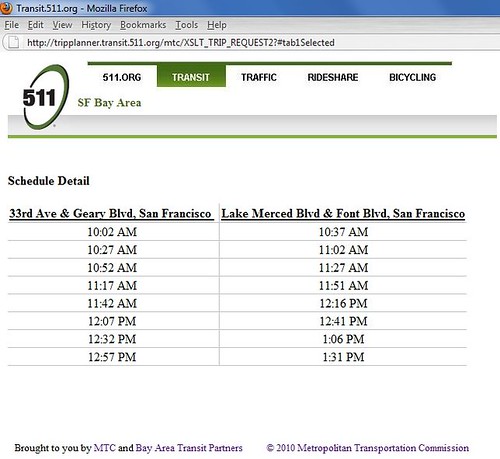
The October Muni "A" adult fast pass will be the last one issued in paper form, and starting in November, all "A" passes must be on Clipper. Starting next week, vendors will receive their last shipment of "A" passes to sell to customers several days before the new month.
This brings me to the question of the day: There are several dozen vendors around the city that sells the paper version of the "A" pass, but will they elect to sell Clipper media or will the SFMTA or Clipper even allow the paper pass vendor to get the specialized equipment?
A majority of the vendors around San Francisco that can conduct Clipper transactions are Walgreens locations. For paper passes, typically your nearby corner liquor store or your favorite grocery store may not be able to sell your favorite fast pass anymore.
If Muni or Clipper does not add more vendors at more convenient locations, will people panic that they can't get their pass? Like I mentioned earlier, online and phone ordering is a hassle with the annoying 72-hour waiting policy, this is why in-person vendors makes adding value and passes such a breeze.
One good example of a Muni pass vendor is my favorite senior services organization, Kimochi. Located in Japantown, they sell a lot of the senior passes at their nutrition [lunch] program, and it will definitely become more difficult coming in January when the paper pass is phased out for the blue card. Some of the big challenges includes helping the seniors apply for the senior version of the Clipper card, educating them on the rules and policies, and training the volunteers that collect the money for pass sales to be trained on the use of the equipment.
Sure, I think most adults are able to get prepared for the major Clipper transition, but I worry about the disabled, seniors and youth if they are ready for this big change. Disabled RTC cardholders are lucky, they already have pre-installed Clipper technology in their card, but seniors and youth needs to register for the card, in which the turnaround time could be a while with the influx of other applicants from AC Transit due to their pass transition for youth.
Time will tell folks. We'll see what happens.







